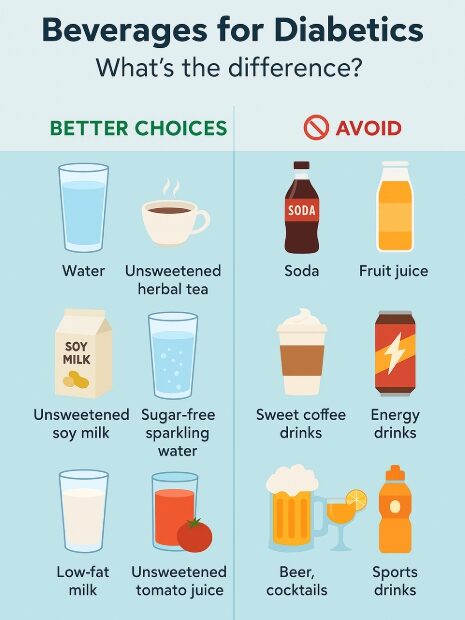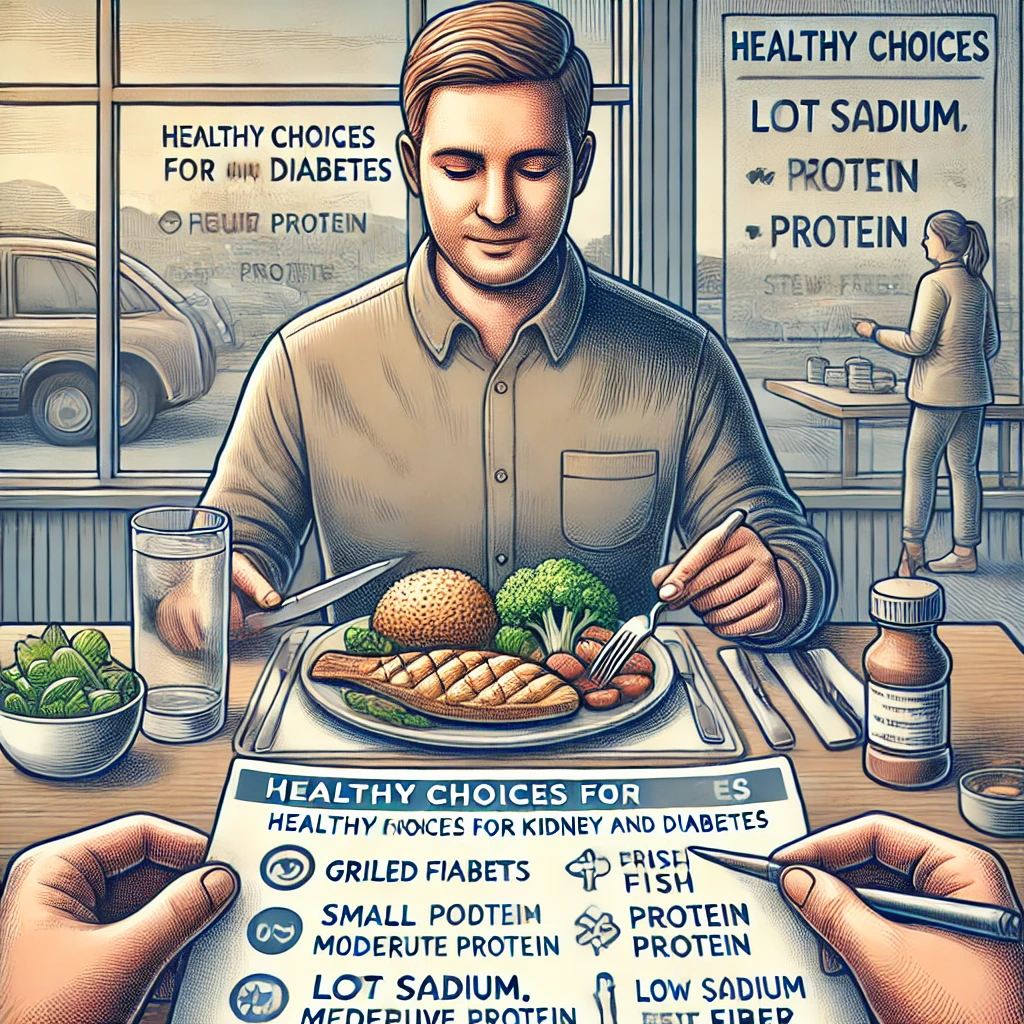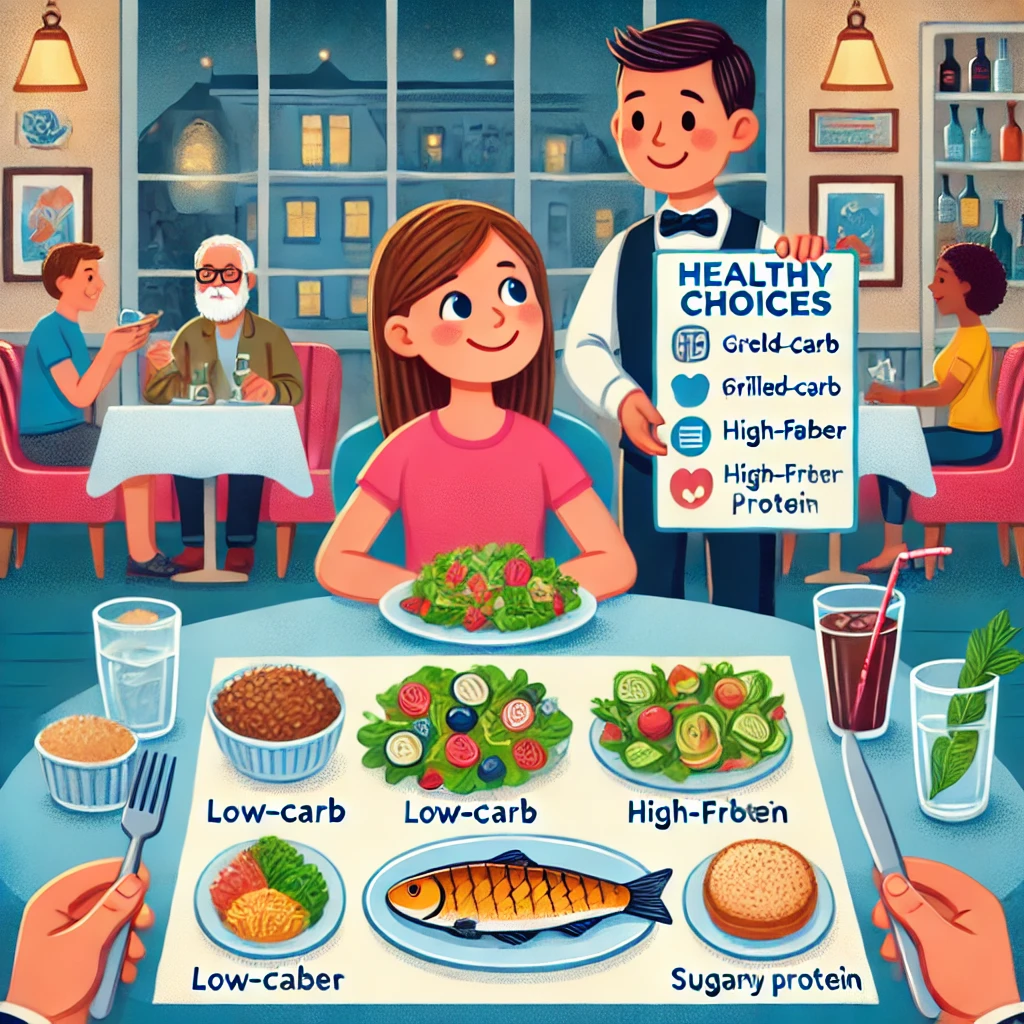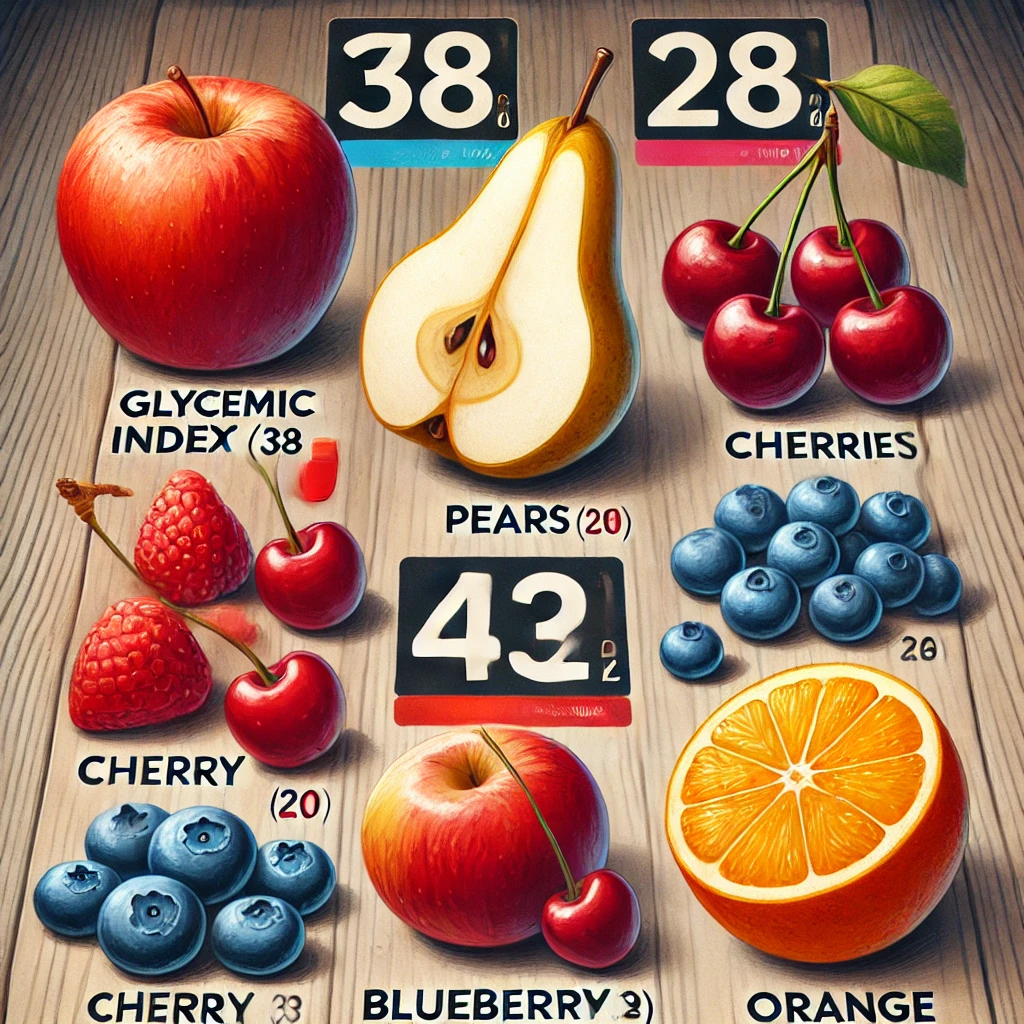Healthy Soup Choices for Diabetes and Kidney Disease Patients
Should Diabetes and Kidney Disease Patients Avoid Soup Dishes? One of the most common pieces of advice given to diabetes and kidney disease patients when dining out is, “You must avoid soup dishes.” But is… Healthy Soup Choices for Diabetes and Kidney Disease Patients
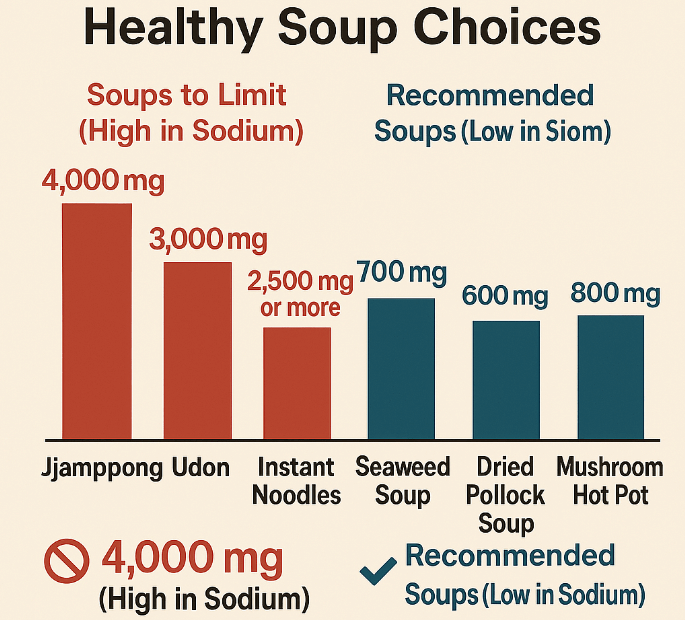
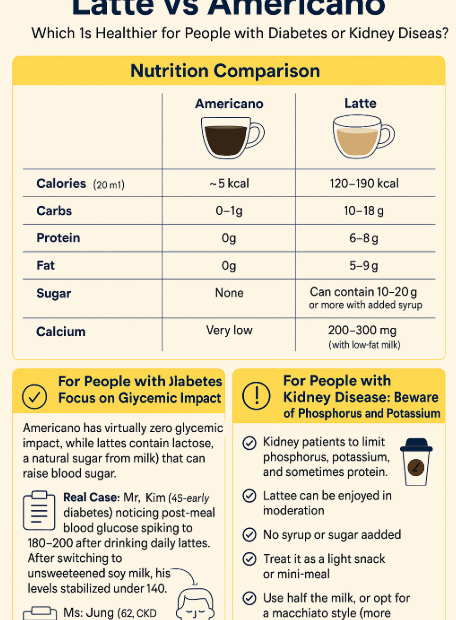
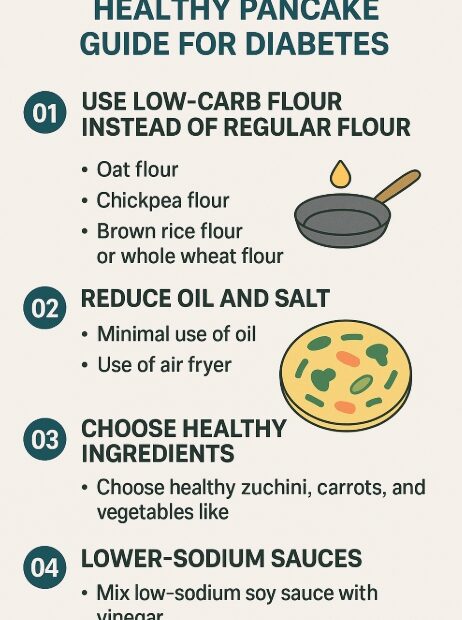
 A Healthy Pancake Guide for People with Diabetes
A Healthy Pancake Guide for People with Diabetes
